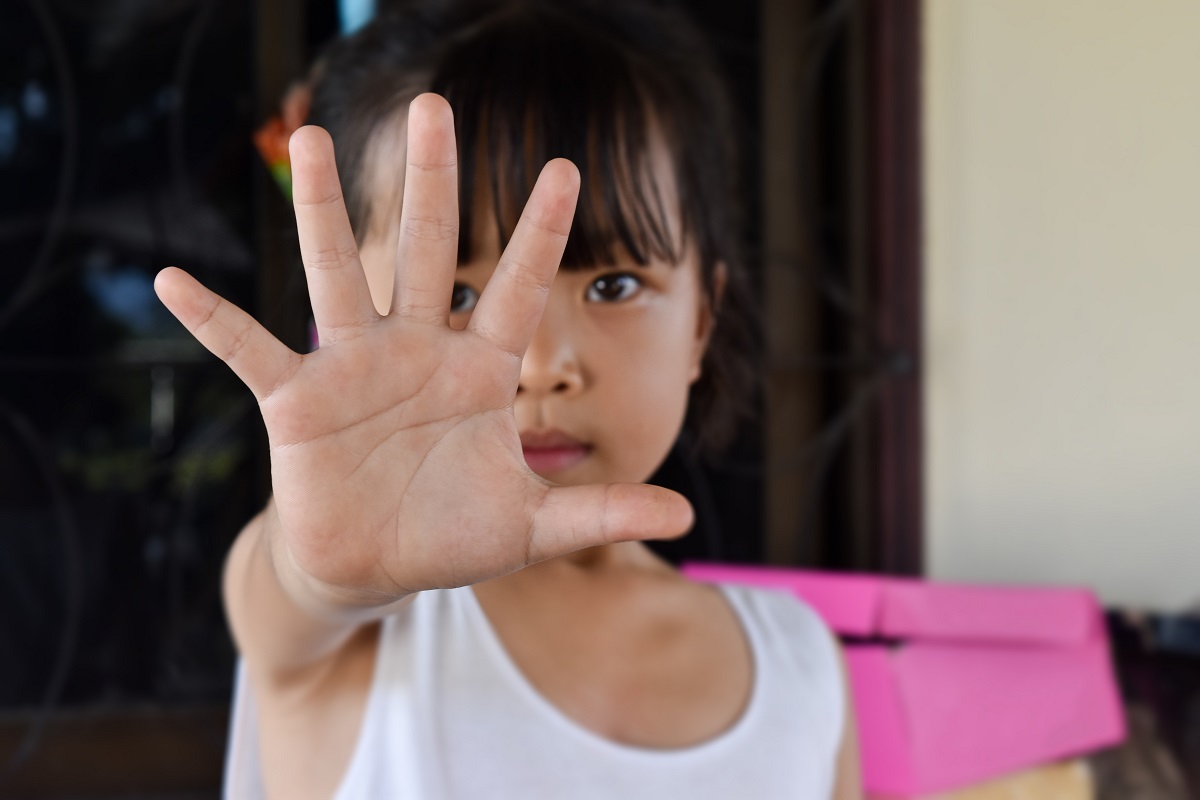Child abuse, affecting millions globally, requires collective awareness and urgent action. This blog post highlights the types of abuse, its impact, and strategies for prevention and advocacy. Parents and educators will gain insights and practical steps to protect children and create safer environments.
Understanding Child Abuse
Child abuse encompasses various forms of mistreatment that can severely affect a child’s well-being. Understanding these different types is crucial for identifying and combating abuse effectively.
Definition and Types of Child Abuse
Child abuse refers to any action by a caregiver or other adult that harms a child’s physical or emotional well-being. It can take several forms, including physical abuse, emotional abuse, sexual abuse, and neglect. Physical abuse involves causing physical harm through actions like hitting or burning. Emotional abuse includes behaviors that harm a child’s self-worth or emotional health, such as constant criticism or rejection. Sexual abuse involves any sexual activity with a child, while neglect refers to failing to meet a child’s basic needs, like food, shelter, and medical care.
Importance of Awareness and Action
Raising awareness about the different forms of child abuse is the first step towards taking meaningful action. Educators and parents need to be vigilant and informed to spot the signs and intervene early. Awareness campaigns, educational programs, and community discussions can significantly contribute to bringing this issue to light and mobilizing collective action.
The Impact of Child Abuse
Child abuse has far-reaching consequences that extend beyond the immediate physical harm. Understanding these impacts underscores the urgency of addressing and preventing abuse.
Psychological, Emotional, and Physical Effects
The trauma from child abuse can lead to severe psychological and emotional issues, including anxiety, depression, and post-traumatic stress disorder (PTSD). Physically, abused children may suffer from injuries, chronic health issues, and developmental delays. These effects can persist long after the abuse has stopped, affecting every aspect of a child’s life.
Long-Term Implications for Society
The repercussions of child abuse extend beyond the individual, affecting society at large. Adults who were abused as children are at a higher risk of engaging in criminal behavior, substance abuse, and experiencing mental health issues. Consequently, the social and economic costs of child abuse are significant, including increased healthcare costs, lost productivity, and criminal justice expenses.
Recognizing the Signs of Child Abuse
Early detection of child abuse is crucial for timely intervention and support. Educators and parents should be aware of the various indicators of abuse to protect children effectively.
Behavioral and Physical Indicators
Behavioral signs of abuse can include sudden changes in behavior, withdrawal from friends and activities, and anxiety or fearfulness around certain adults. Physical indicators may consist of unexplained injuries, frequent absences from school, and poor hygiene. Recognizing these signs and understanding their potential implications is essential for safeguarding children.
How to Recognize and Respond to Abuse
It’s not enough to recognize the signs; knowing how to respond is equally important. If you suspect a child is being abused, it’s vital to report it to the appropriate authorities immediately. Educators should follow their school’s protocol, while parents can contact child protective services or local law enforcement. Providing a supportive and non-judgmental environment for the child to share their experiences is also crucial.
Advocacy and Prevention Strategies
Preventing child abuse requires a multi-faceted approach involving support networks, community action, and legislative measures. Here are some effective strategies for advocacy and prevention.
Support Networks for Parents and Educators
Creating robust support networks is vital for preventing child abuse. Parents and educators should have access to resources and training on recognizing and responding to abuse. Support groups, counseling services, and educational workshops can provide the necessary tools and information to help protect children.
Community and Legislative Actions to Prevent Abuse
Community involvement is essential in the fight against child abuse. Local organizations, along with child injury lawyers, can play a significant role by hosting awareness events, providing resources, and supporting affected families. Additionally, advocating for stronger child protection laws and policies can lead to systemic changes that enhance the safety and well-being of children.
Empowering Change Through Action
Taking action against child abuse requires commitment and collective effort. Here are some ways you can get involved and make a difference.
Encouraging Readers to Get Involved and Make a Difference
Every individual has a role to play in preventing child abuse. Whether you’re a parent, educator, or concerned community member, your involvement can make a significant impact. Volunteering with local child protection organizations, participating in awareness campaigns, and advocating for stronger child protection laws are just a few ways to contribute.
Sharing Resources for Further Learning and Support
Numerous resources are available for those who want to learn more and get involved in combating child abuse. Organizations like the National Children’s Alliance, Childhelp, and Prevent Child Abuse America offer valuable information, training, and support services. Sharing these resources with your network can help spread awareness and mobilize action.
Conclusion
Child abuse is a grave issue that demands our attention and action. By understanding its impact, recognizing the signs, and advocating for prevention, we can work together to protect children and create safer environments. Collective efforts from parents, educators, and communities are crucial in making a difference.
Stay in the loop for upcoming updates and alerts. Visite! Essential Tribune








